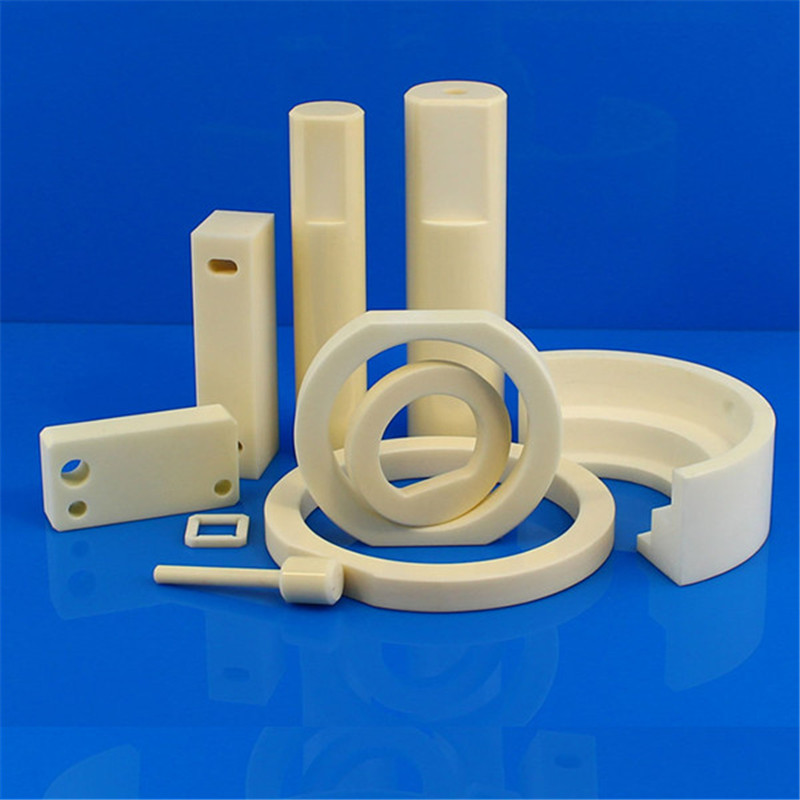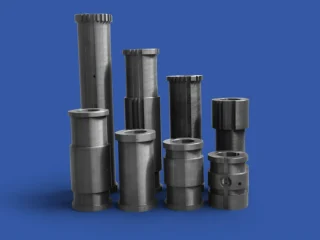
Although it’s commonly accepted that hardness equates with wear resistance, it’s not always the case. In sliding wear environments, hard counter faces that do not interact with each other are an advantage.
The engineering grades of Alumina are typically 25-50% harder than zirconia grade so in sliding wear environments or pure abrasive wear, where third body abrasive wear particles are present, alumina often outperforms Zirconia.
However, in erosive wear environments such as those caused by an abrasive slurry impacting a wear part such as an oilfield valve, Zirconia can be the best performer. Its high toughness reduces the spread of impact cracks and the microfracture of the surface which generates erosive wear debris and surface damage.
When running an engineering ceramic against a dissimilar material it’s not always the case that the softer material performs poorly. Y-TZP running against Y-TZP has been shown to be a very poor wear surface combination, whereas, Y-TZP running against cast iron provides a better overall wear performance than the harder, alumina/cast iron combination.
Although it’s beyond this article to delve too deep into the tribology of ceramic interfaces, in Zirconia on Zirconia contact it’s the low thermal conductivity of the Zirconia that can be a negative factor, as the frictional heat generated in like on like sliding does not dissipate from the surface and the surface hardness decreases with a follow on increase in wear-related damage.




 Enquiry
Enquiry